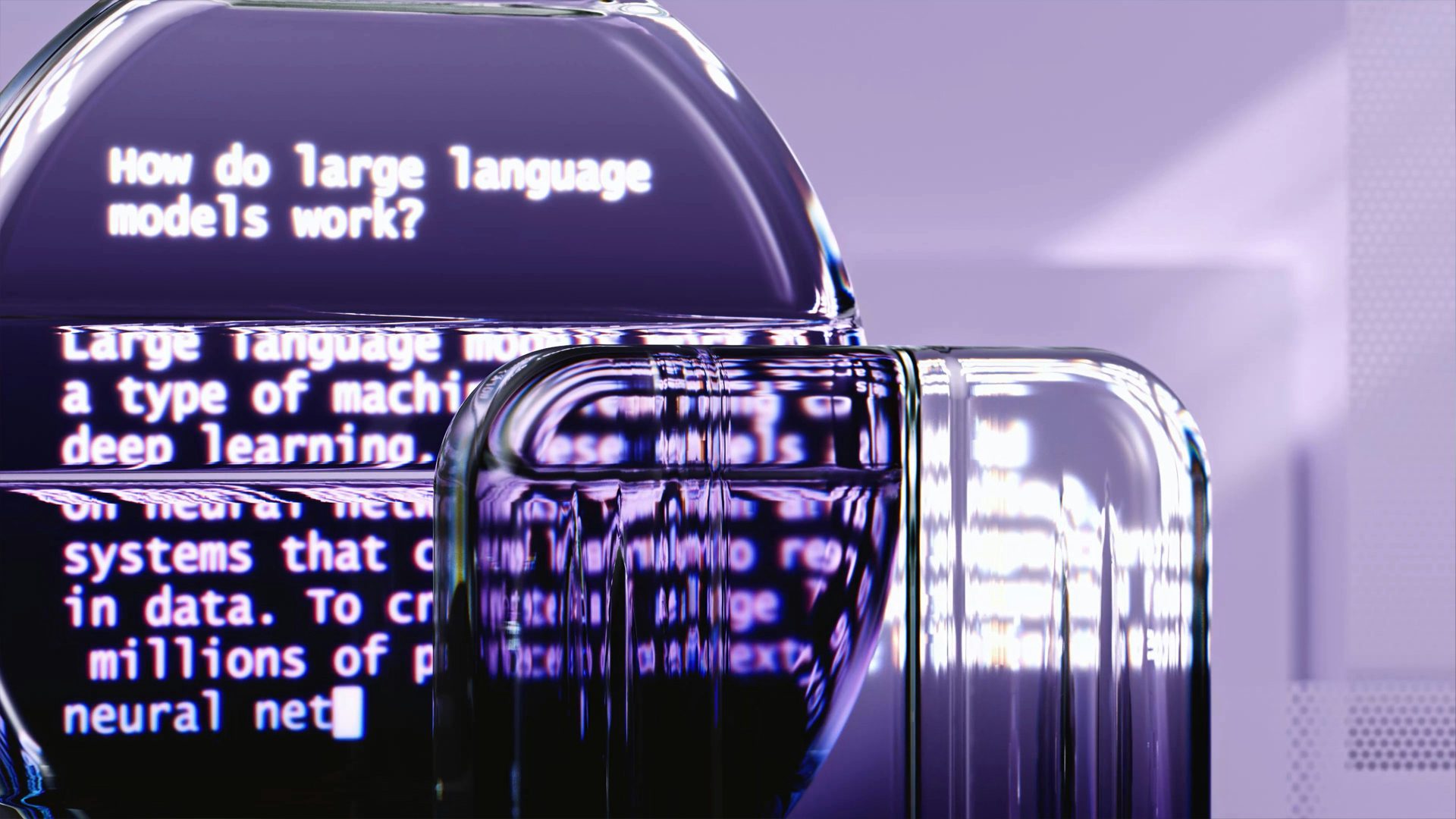In today’s world of technological progress, we can observe the growing importance of AI in all spheres of life, translation included. The translation industry has grown and evolved exponentially thanks to AI technologies like machine learning, neural networks, and large language models (LLMs).
However, as AI advances, it’s important to consider the ethics of using it in translation services so that AI translation benefits society without causing harm. The ethical challenges of using AI in translations include gender bias, liability for translation errors, and maintaining data confidentiality. This article explores these challenges and ways to address them.
AI in Translation
AI translation systems can process and understand language more deeply than traditional systems. Think about SMT outputs and GenAI translations for instance. Machine learning algorithms learn from large datasets to grasp nuances, context, and idiomatic expressions for accurate translations. Neural networks, in particular, are often faster and more consistent than human translators.
The emergence of powerful LLMs, such as GPT-4, LAMDA, BERT, and BLOOM has been a game-changer. These models can generate human-like text, including translations, by using their extensive knowledge and language understanding capabilities. This has led to more accurate and natural-sounding translations, reducing the need for manual post-editing.
Ethical Considerations of AI in Translation
Despite the benefits of AI translation, it is crucial to consider its ethical implications. By proactively addressing these challenges, the translation industry can harness the power of AI while upholding human values and preserving trust.
Bias and Fairness
One pressing concern is the potential for gender bias in translation algorithms. AI systems can perpetuate harmful biases and stereotypes, especially when it comes to marginalized communities. For example, AI translation tools can exhibit gender biases, often translating gender-neutral terms (in professions, roles, etc.) into masculine forms by default. This can reinforce the perception that certain roles are more suitable for men.
Similarly, AI-generated content may reflect racial or socioeconomic biases in the training data, potentially marginalizing underrepresented groups. We must remain vigilant to these issues and work to develop inclusive and unbiased AI systems.
By reviewing their AI translation outputs, professionals can spot biased language and take steps to fix it. This might include improving the training data, tweaking the algorithms, or using strong quality control measures to ensure that the translations are inclusive and respectful.
Accuracy and Reliability
Accuracy is another key ethical consideration. AI translation tools are remarkably proficient, but they can still make mistakes, especially if systems are continuously trained on bad data. Inaccurate or misleading translations can have serious consequences, especially in sensitive contexts such as legal or medical communications. Machines are not liable for any damage produced by a bad/inaccurate MT output –only humans are to be held accountable for any repercussions.
Responsible copywriters must carefully review and validate the output of AI translators before publishing.
Copywrite and Permission Issues
AI systems are trained with vast amounts of data; however, where does that data come from? With the exponential growth of data, publicly available datasets, and government repositories, it is difficult to know whether that data has been shared knowingly by its “original” owners.
Usually, when a translator submits their work to a company/organization in a TM, this TM becomes the property of the said company. That should be stated on the contract or license agreement, but in any case, there is little control on the translator’s part on whether or not, their translations can be used for MT training.
Transparency is key so translators are aware of how their work is going to be reused. Likewise, it is imperative to follow your country/region’s regulations regarding the use of AI and monitor your data and the external data you’re using in your processes.
Privacy and Data Security
Using AI translation for personal or confidential information can result in worries about data security and misuse. Copywriters must follow strict rules to protect data and respect their audience’s privacy.
Additionally, users must be given clear and informed consent regarding collection and use of their personal information. Lack of transparency in data practices reduces trust and can cause unexpected problems. Transparent policies, user control over data sharing, and robust security measures are essential for building AI systems that respect individual privacy.
Source: Moorkens, 2022.
Strategies for Ethical AI Implementation
A proactive approach to ethical AI is not merely a compliance exercise; it’s a strategic imperative. By prioritizing ethics, translation companies can build trust with clients, protect their reputations, and contribute to a more responsible AI ecosystem.
Developing Ethical Guidelines
Establishing clear ethical guidelines for AI in translation is paramount. These guidelines should serve as a compass, directing AI implementation in a manner that respects human values and societal principles. By creating dedicated ethics teams within translation companies, organizations can proactively address potential ethical challenges and uphold the highest standards of conduct.
These teams should develop, implement, and monitor ethical practices, ensure compliance with regulations, and promote a culture of ethical AI use within the company. By integrating ethics into AI operations, the translation industry can use AI effectively while maintaining integrity and reputation.
Human-in-the-Loop Approaches
While AI-powered translation tools have become increasingly sophisticated, human translators remain indispensable in delivering high-quality results.
The human-in-the-loop approach is a powerful combination of AI efficiency and human expertise. AI can quickly generate initial translations, saving time and resources. However, human translators add nuance, cultural insight, and precision. This collaborative approach offers numerous benefits:
- Enhanced translation quality: Human expertise ensures accuracy, consistency, and natural language flow.
- Fast turnaround times: AI-generated initial translations speed up the process.
- Optimized costs: Efficient use of AI and human resources leads to cost-effectiveness.
- Continuous AI improvement: Human feedback helps AI models learn and refine their translations over time.
Training and Awareness
AI training equips professionals with the skills to use AI technology effectively while avoiding potential risks. By understanding how AI works, translators and localization experts can identify tasks best suited for automation, ensuring human oversight where needed.
We can embrace AI as a tool to enhance our work but do so responsibly. By combining human expertise with AI’s capabilities, we can achieve new heights of quality, efficiency, and cultural relevance in our translations and localization projects.
Case Studies and Real-world Applications
example, the European Commission’s Directorate-General for Translation (DGT) has been actively exploring the use of AI while prioritising ethical considerations. As they translate sensitive information like laws, policy papers, and correspondence, they have strict data protection measures and AI guidelines. By focusing on transparency and accountability, the EU has demonstrated a commitment to the responsible use of AI.
While using AI translation, DGT faced the following challenges:
- Ensuring that the translations respect cultural nuances and avoid biases.
- Maintaining data privacy and confidentiality across multiple languages.
They also learned the following lessons:
- Continuous training of AI models with diverse and representative data sets is crucial.
- Strict data governance policies help maintain trust and compliance with regulations.
AI has transformed the translation industry with speed, efficiency, and accessibility. It can break down language barriers and improve global communication. However, we must consider ethical issues such as bias, accuracy, privacy, and copyright. There are also other considerations intensified by GenAI translation like environmental and diversity concerns. About the first one, for instance, GenAI has a higher carbon footprint due to the amount of energy required for these systems.
We can enhance human translation by combining AI’s power with human judgment, cultural understanding, and ethics. This requires developing ethical guidelines, investing in AI education, and fostering collaboration between stakeholders.





